Raven Wilkinson, Robert Joffrey and Eugene Loring
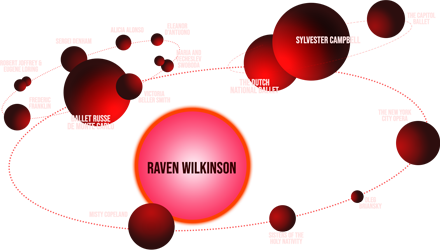
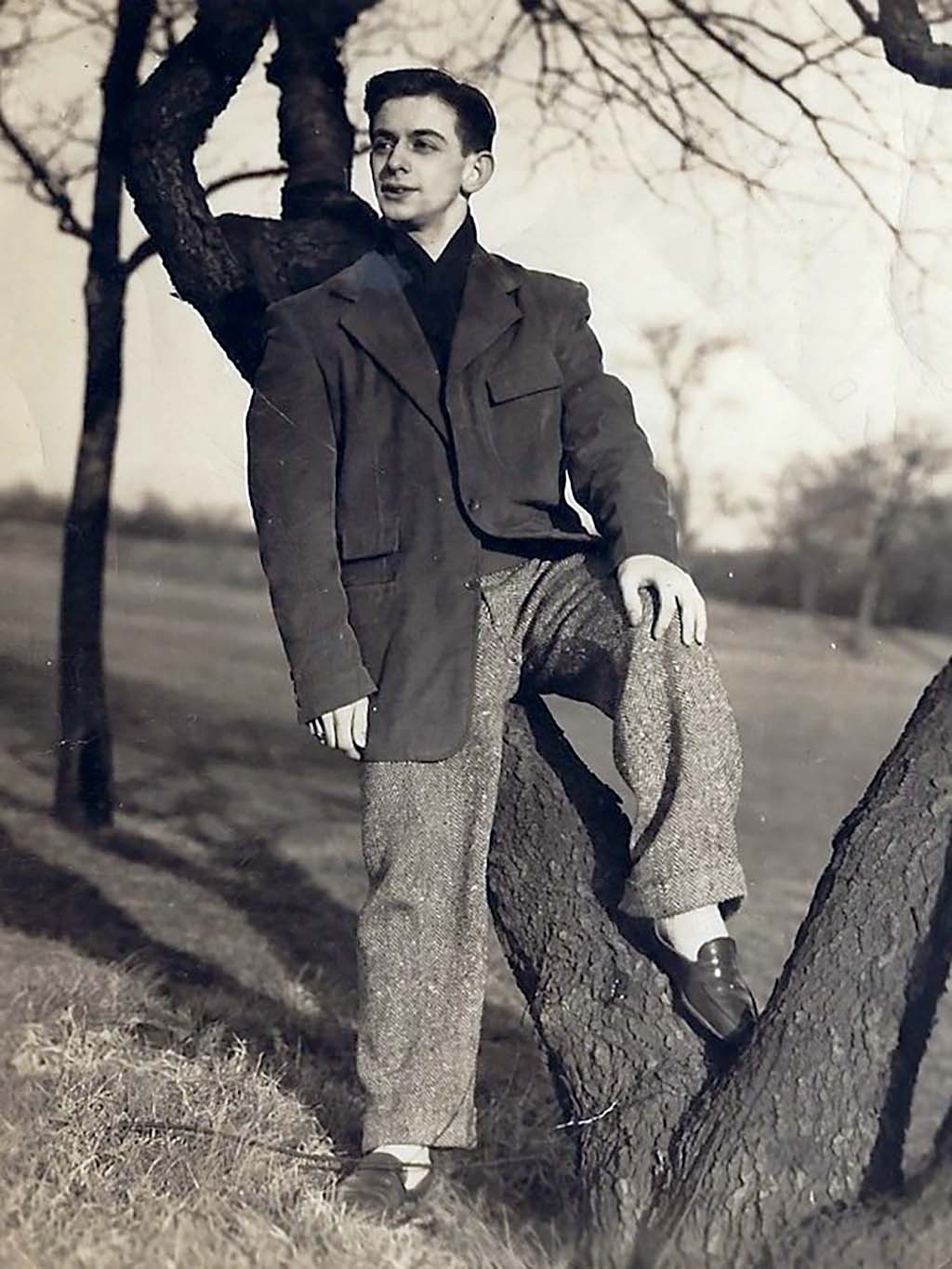
Through Raven Wilkinson’s former Ballet Russe de Monte Carlo colleague, Rochelle Zide, who was currently working at the Joffrey Ballet, Wilkinson learned that Robert Joffrey wanted to speak with her about a “perfect role” for her. Joffrey knew of Wilkinson from watching her performances at Ballet Russe de Monte Carlo. The two met, and Wilkinson learned the role was the mother of Andrew Goodman in These Three, which Eugene Loring designed for the company. This ballet was based on the murder of Andrew Goodman and two white civil workers, and Raven Wilkinson quickly detected her Blackness as a main reason for him wanting her to do this role. Wilkinson did not feel like she would fit into this motherly role but did give the role a try. Loring watched Wilkinson in class and then further inquired about her modern dancing skills. Wilkinson shared she does not have a modern dance education, but was met with further insistence that she try. Wilkinson was frustrated by this, as she was not being respected as a classical dancer. Wilkinson later received a call from Joffrey, saying they were not sure of her place in the piece. Raven Wilkinson responded and the following dialogue ensued:
“‘Mr. Joffrey, you said you didn’t want a dancer superimposed on the company. Does this mean that I’d be taken in your company and be one of your dancers?’ When I said that he said, ‘I don’t know, I don’t know about that now.’ Everything was very cloudy or negative. So then I said, ‘The only reason I ask is because I have the opportunity to go to Europe—to Holland and dance, and I just wanted to know where this was progressing. I was very surprised when he– well, took exception is putting it mildly. He almost banged his hand on the desk and said, ‘Why are all you dancers going to Europe?’ meaning Black dancers. ‘This is your home.’ And I was shocked and I looked at him and felt like saying ‘Just for this reason.’ I did say, ‘Because we have no place else to work and to dance and that’s why.’ I don’t think I ever heard about These Three, so it was just left alone because I think he realized I had an opportunity to go on, and maybe he did not want to say we decided not to use you. I can’t remember ever finishing that up with him.”
Sources:
Black Ballerinas Dancing on the Edge: An Analysis of the Cultural Politics in Delores Browne’s and Raven Wilkinson’s Careers, Joselli Deans
Photo: Robert Joffrey, History Link
More about Eugene Loring
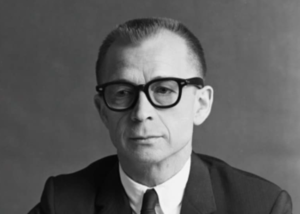
Eugene Loring was born in Milwaukee and trained at the School of American Ballet and Ballet Caravan. As a soloist with Ballet Theatre, Loring created roles in George Balanchine’s Alma Mater and Card Game. He has also created his own ballets including Yankee Clipper, The Great American Goof (which was created for Ballet Theater’s inaugural performance in 1940), City Portrait, Capital of the World, These Three (created for the City Center Joffrey Ballet), and Time Unto Time (created for the Oakland Ballet Company, who performed the piece in New York last year). In 1941, Loring appeared on Broadway in a lead role in William Saroyan’s The Beautiful People. Eugene Loring danced with leading American ballet companies, appeared on Broadway, and taught and choreographed throughout his life. One of his most famous pieces is Billy the Kid, one of the earliest and best works of the folklore genre in modern American ballet.
Sources:
NY Times, Eugene Loring Obituary
Photo: IMDB, Eugene Loring
More about Robert Joffrey
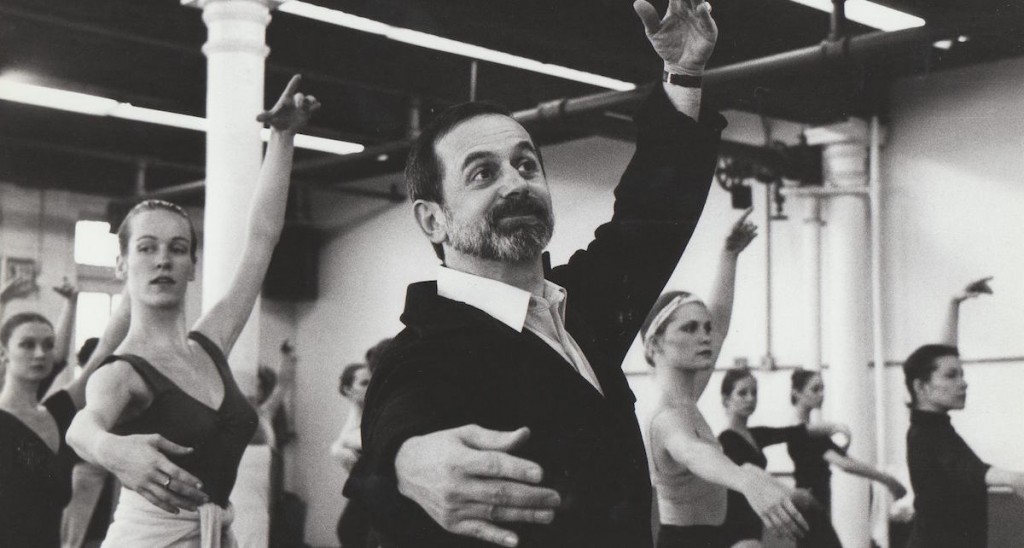
Robert Joffrey was an American dancer, teacher, producer, choreographer, and co-founder of the Joffrey Ballet. He was born in 1930 in Seattle, Washington to a father from Afghanistan and a mother from Italy. Joffrey began his dance training with Mary Anne Wells at nine years old in order to help him with his asthma. He later studied ballet and modern dance in New York City and made his debut in 1949 with Ballet de l’Opéra National de Paris. From 1950 to 1955, he taught at the New York High School for the Performing Arts, where he staged his earliest ballets. He founded the Joffrey Ballet School in New York City in 1953, where it remains as a separate organization from The Joffrey Academy of Dance in Chicago, which is the official school of the Joffrey Ballet Company. His choreography often combined both modern and ballet techniques.
Sources:
Robert Joffrey, Wikipedia
Robert Joffrey, Britannica
Photo: Dance Informa
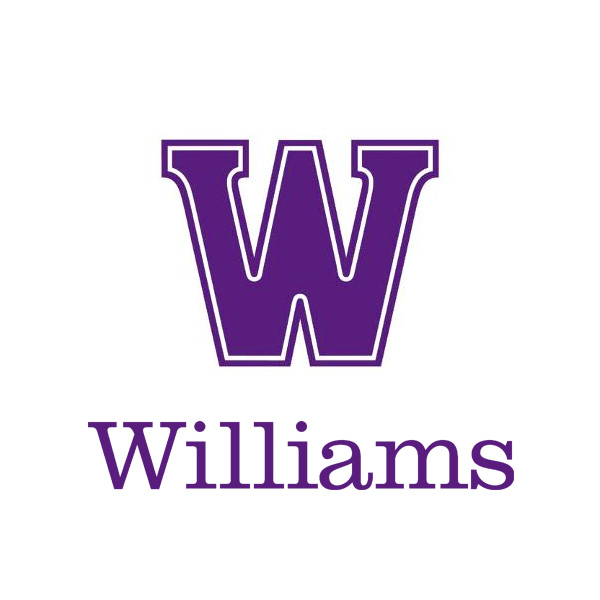
Thandi Steele

